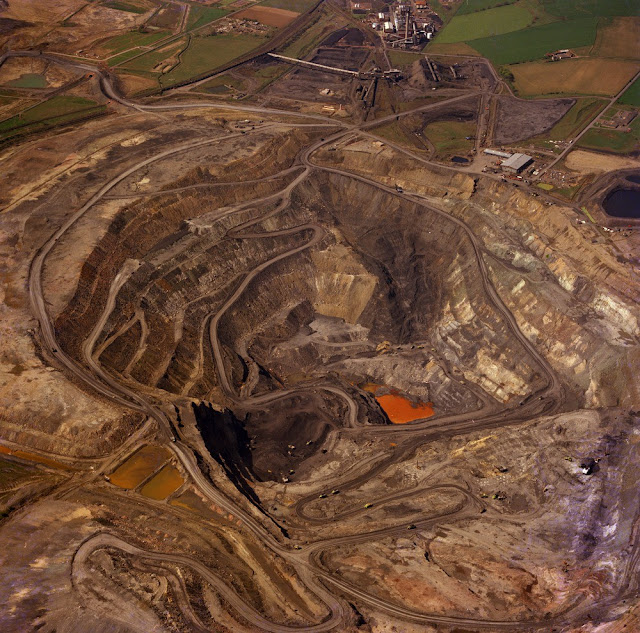 |
| BGS image ID: P001315 |
Bob McIntosh
 |
| BGS image ID: P001315 |
 |
| BGS image ID: P505852 |
 |
| BGS image ID: P575755 |
 |
| BGS image ID: P528115 |
 |
| BGS image ID: P528117 |
 |
| BGS image ID: P001513 |
 |
| BGS image ID: P208108 |
 |
| BGS image ID: P208109 |
 |
| BGS image ID: P832328 |
 |
| BGS image ID: P206950 |
 |
| BGS image ID: P233315 |
 |
| BGS image ID: P233316 |
 |
| BGS image ID: P259913 |
 |
| BGS image ID: P259997 |
 |
| BGS image ID: P203213 |
 |
| BGS image ID: P203217 |
 |
| BGS image ID: P006483 |
 |
| BGS image ID: P225384 |
 |
| BGS image ID: P225386 |
 |
| BGS image ID: P776406 |
 |
| BGS image ID: P232603 |
 |
| BGS image ID: P239939 |
 |
| BGS image ID: P832327 |
 |
| BGS image ID: P005962 |
 |
| BGS image ID: P002877 |
 |
| BGS image ID: P246033 |
 |
| BGS image ID: P000773 |
 |
| BGS image ID: P252861 |
 |
| BGS image ID: P252866 |
 |
| BGS image ID: P257998 |
 |
| BGS image ID: P064546 |
 |
| BGS image ID: P260809 |
 |
| BGS image ID: P001150 |
 |
| BGS image ID: P527579 |
 |
| BGS image ID: P527581 |
 |
| BGS image ID: P507038 |
 |
| BGS image ID: P506915 |
 |
| BGS image ID: 827763 |
 |
| BGS image ID: P001266 |
 |
| BGS image ID: P015041 |
 |
| BGS iamge ID: P217123 |
 |
| BGS image ID: P5211147 |
 |
| BGS image ID: P521143 |